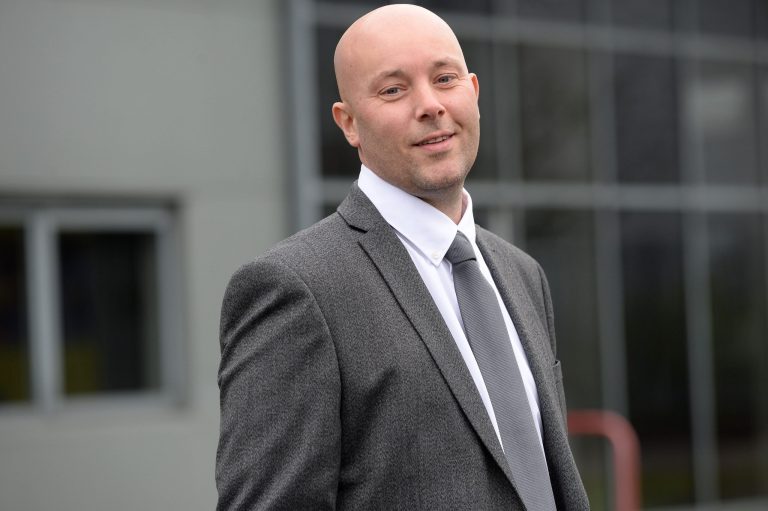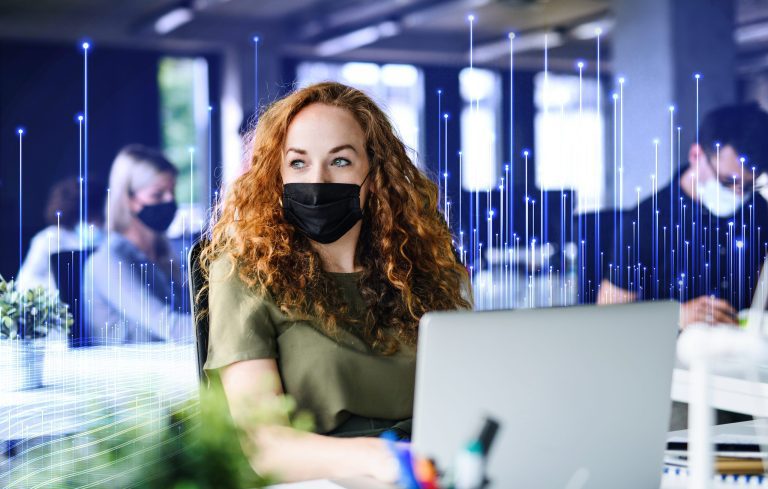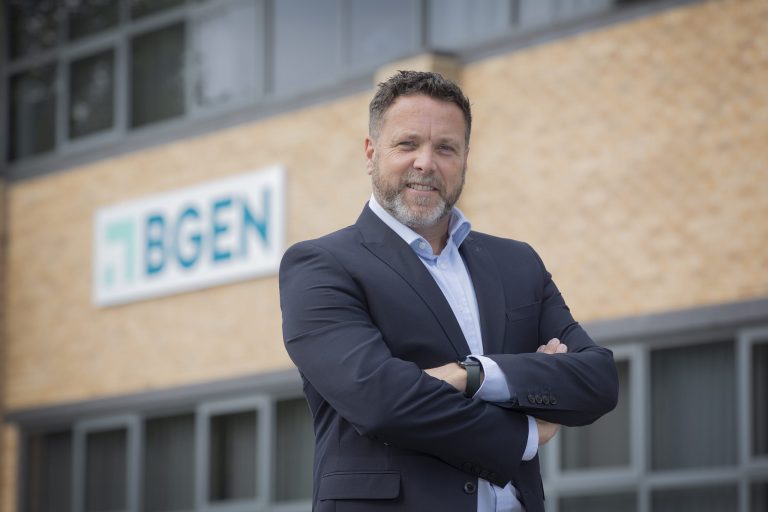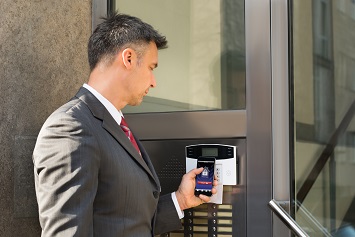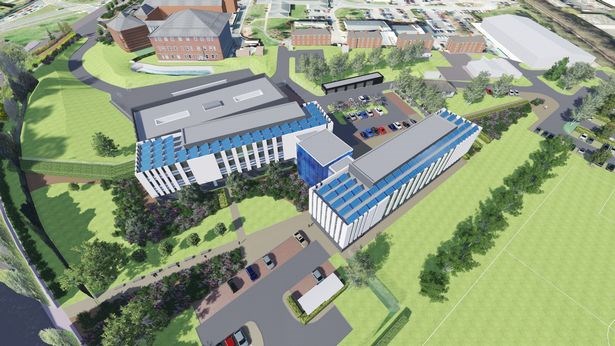The COVID-19 pandemic has had an immense impact on nearly every aspect of our lives, including how people interact and perform their jobs and even how buildings are designed. The goal of all these changes? Reducing human-to-human contact and, thus, slowing or stopping the spread of the virus. As a result, businesses are challenged to find new ways to open their doors again while providing a hands-free entry experience – all without compromising security. As organizations develop return-to-work plans, there are several common and necessary security requirements, including “future-proof” designs that support social distancing and touchless entry. The changes made to a building or campus design because of the pandemic should not be temporary. Instead, they should fulfill the organization’s needs for years to come. Why Is Controlling Access Important? A prerequisite to discussing a new lobby design with increased safety and security in the post-pandemic world is examining why it is critical for organizations to control access in the first place. What would happen if an unauthorized person were to infiltrate a building’s lobby? The potential risks and liabilities include, but are not limited to: Theft Loss of productivity Violence Loss of life Civil lawsuits based on a failure to fulfill “duty of care” Regulatory fines for noncompliance (HIPAA, NERC, etc.) While organizations often deploy various physical security solutions (guards, access control systems, cameras) in an attempt to mitigate unauthorized entry, if these technologies are used in conjunction with swinging doors, then infiltration is still possible. “Tailgating” occurs when someone presents a valid credential at a swing door, opens it, and either holds the door open for others or is followed by an unauthorized person who “catches” the door before it closes and gains access. When it comes to mitigating tailgating and unauthorized entry, building designers and security professionals must answer two key questions to decide on the appropriate physical security strategy for a facility: Who is in the building at any given moment? How many unauthorized people are acceptable in the facility? Answering these questions reveals an organization’s stance on tailgating. Do they want to deter it? Detect it? Or completely prevent it? And it is acceptable to have more than one strategy – a layered approach – across multiple areas of a building or campus. For instance, security professionals may want to deter tailgating at the fence line, or outer perimeter, detect tailgating in the lobby, and prevent tailgating on an upper-level floor holding restricted data or records. Sophisticated security revolving doors and turnstiles provide significant benefits over traditional swinging doors in that they effectively mitigate tailgating while also reducing the burden on the people and processes needed to keep a building secure. This allows guards to focus on visitors, rather than on monitoring the lobby. Changes in Design Post-Pandemic When planning a lobby for a post-pandemic landscape, there are two key design elements to consider: Assessing the building population and creating separate entry and exit points Supporting and reinforcing distance by design Every organization funnels different types of people through their building or campus. Some lobbies process only employees while others handle both employees and visitors. Some buildings are open to the public and others might receive deliveries in the lobby. The lobby tends to be a multi-functional space utilized by a large variety of people. And, while traditional security strategies endorse a single, secured entry point for controlling access, today’s “new lobby” requires multiple entry and exit points as a means of reducing congested, two-way traffic by spreading people flow across the entire building. The first step to creating separate entry and exit points is to identify and categorize the building population, then determine where and how each set of users should enter the building. For instance, can employees be directed to separate employee-only entrances so that the lobby can be used just for visitors and deliveries? Is there an opportunity to funnel employees through different entrances around the building, like office workers through the left side and factory workers through the right? Should packages be received at the back of the building rather than in the main lobby? Another consideration is designing the flow of people to support and reinforce social distancing. There may be an opportunity to space out work areas, eliminating open office layouts in favor of more private cubicles or small offices. Designers can position furniture to provide multiple ways of moving through a building. And if office layouts cannot be adjusted, organizations may consider increased telecommuting and flexible on-site work schedules. For example, 50 percent of the population works in the office on Monday and Tuesday and the other 50 percent comes in on Wednesday and Thursday. Rethinking Existing Security Technologies There are a variety of security technologies that have been used in building design for decades – access control systems, cameras, elevator dispatch systems, the list goes on. It is common knowledge that these technologies are not silver bullets; users cannot just choose one or two, install them, and alleviate security risks. Technologies must be deployed in layers and work in concert with people and processes to effectively control access. This approach still applies when it comes to the new lobby design. Below are three technologies that have gained popularity in the new lobby for their ability to support social distancing, scan for symptoms, and “virtualize” entrance processing. Touchless Entry When it comes to entrances, touchless technologies are nothing new. We have seen automatic sliding and swinging doors installed in buildings across the globe for many years. With the new lobby, touchless entry is no longer optional. It is important that users touch door handles, buttons, etc. as little as possible. And, an essential requirement, the new lobby design must provide an automated entry experience without compromising on security. When COVID-19 began and the requirement for touchless environments became urgent, many facility managers started researching ways to make all entrances automatic. A popular solution was retrofitting existing manual swing doors with low-energy, electric operators, which are typically used





